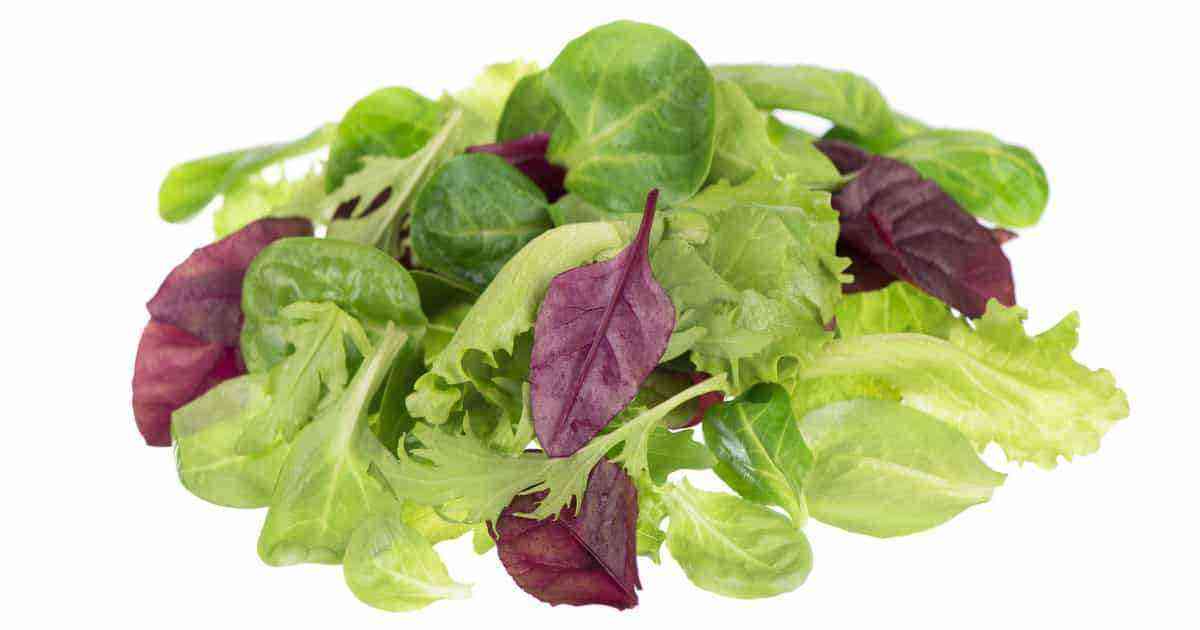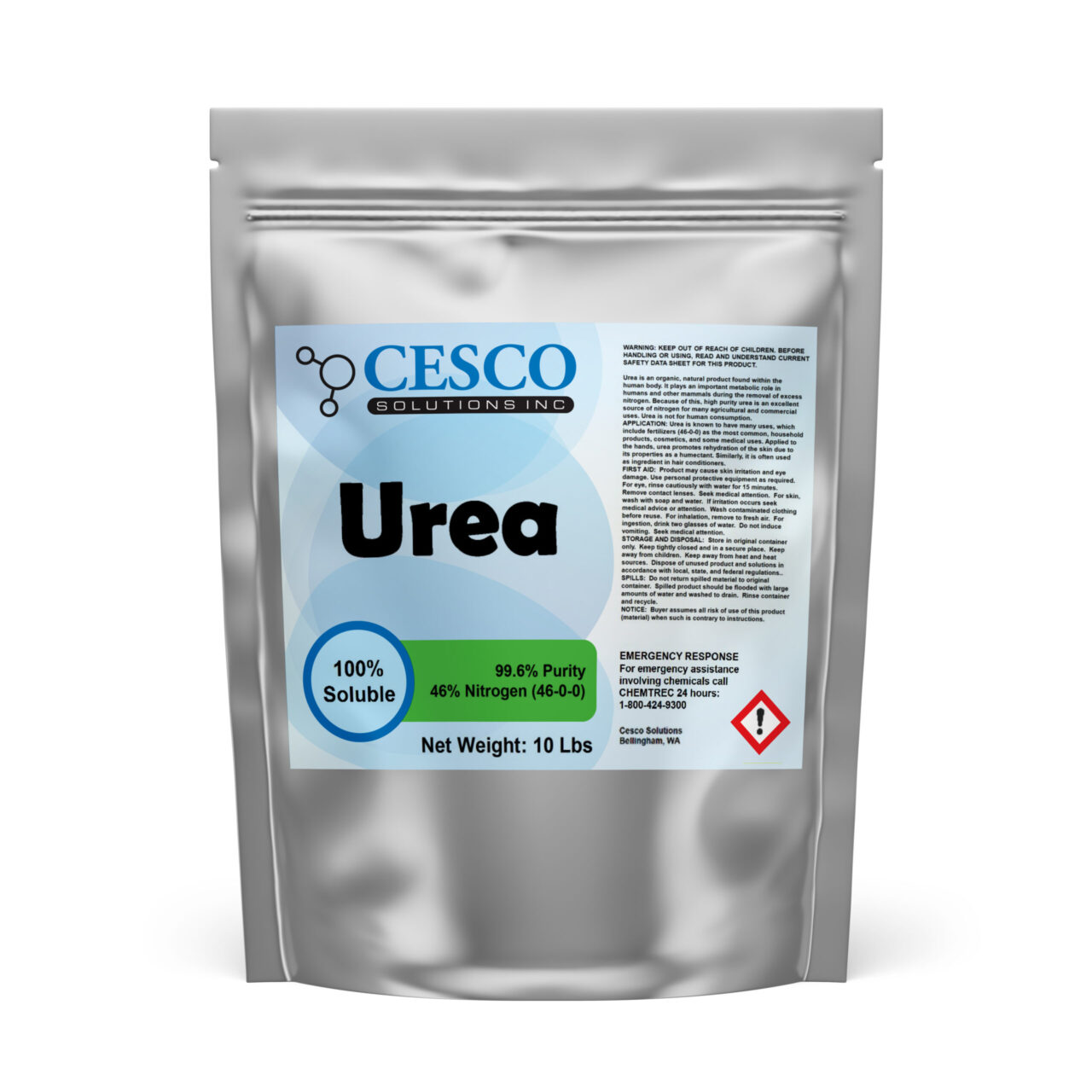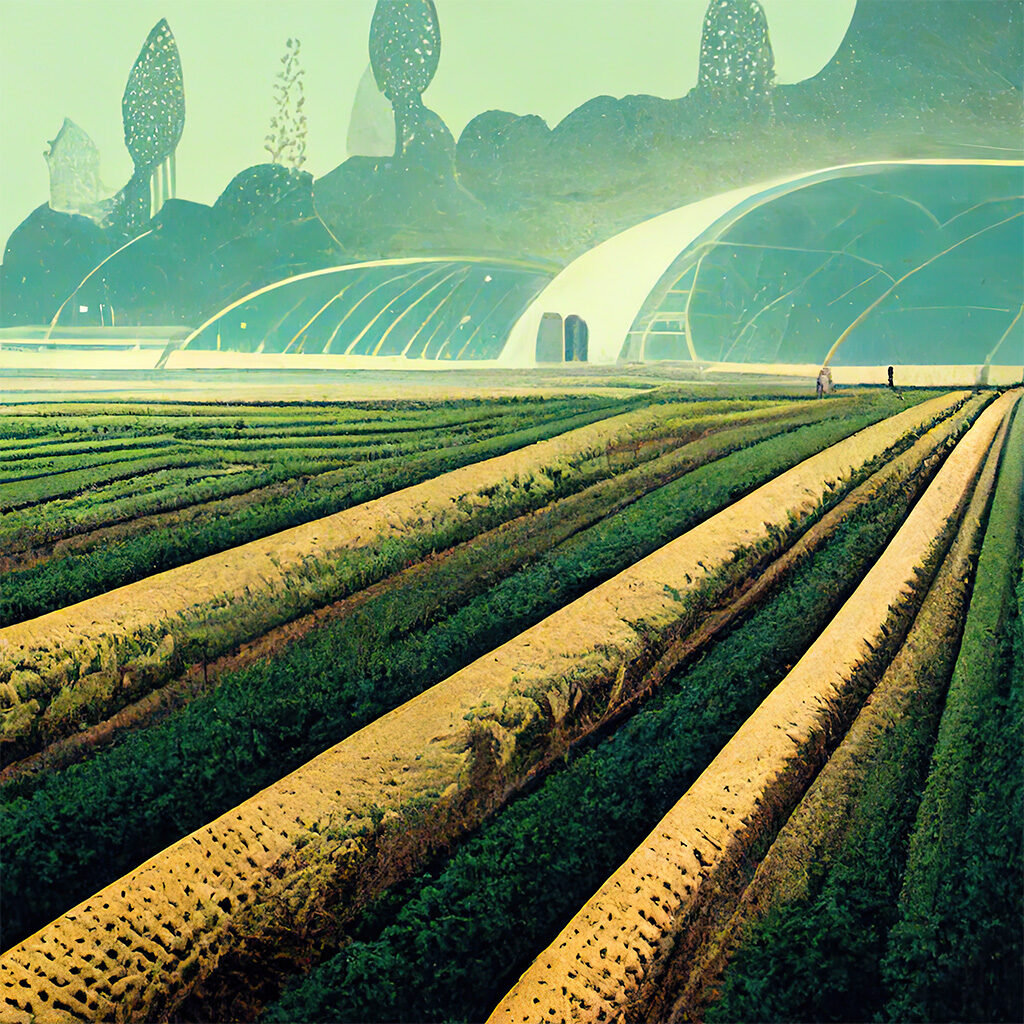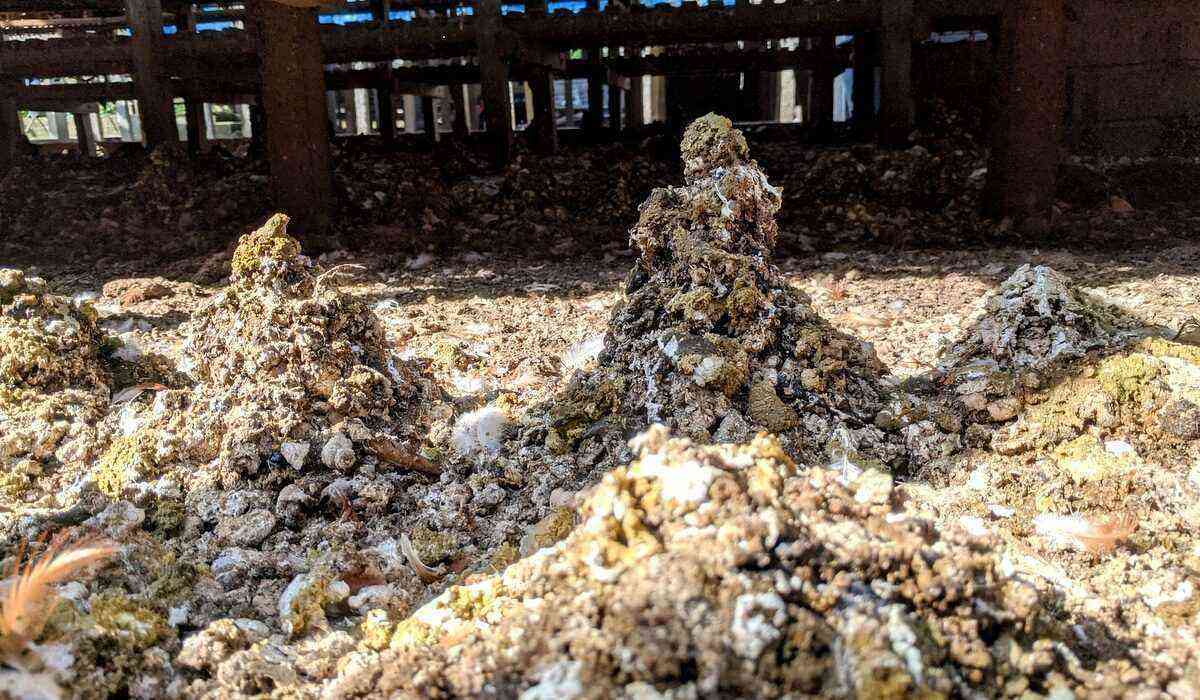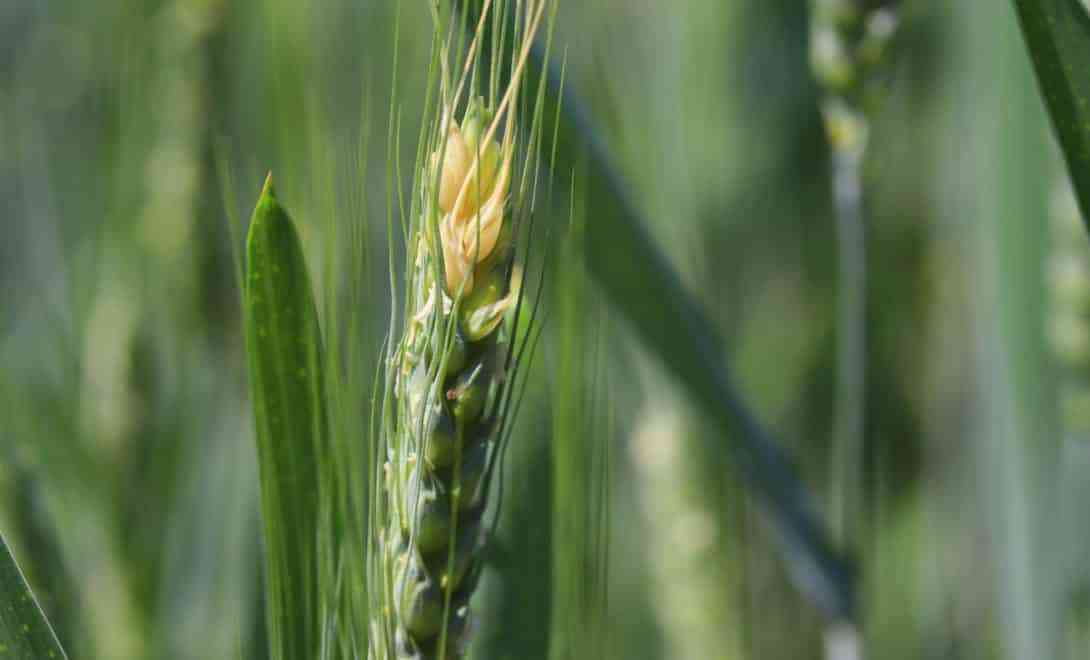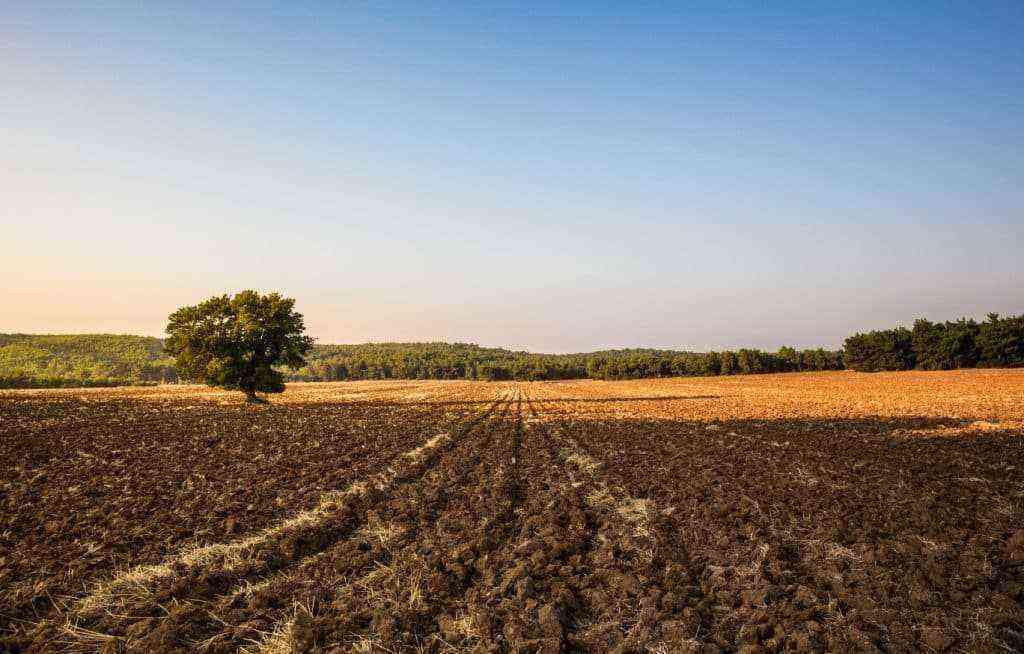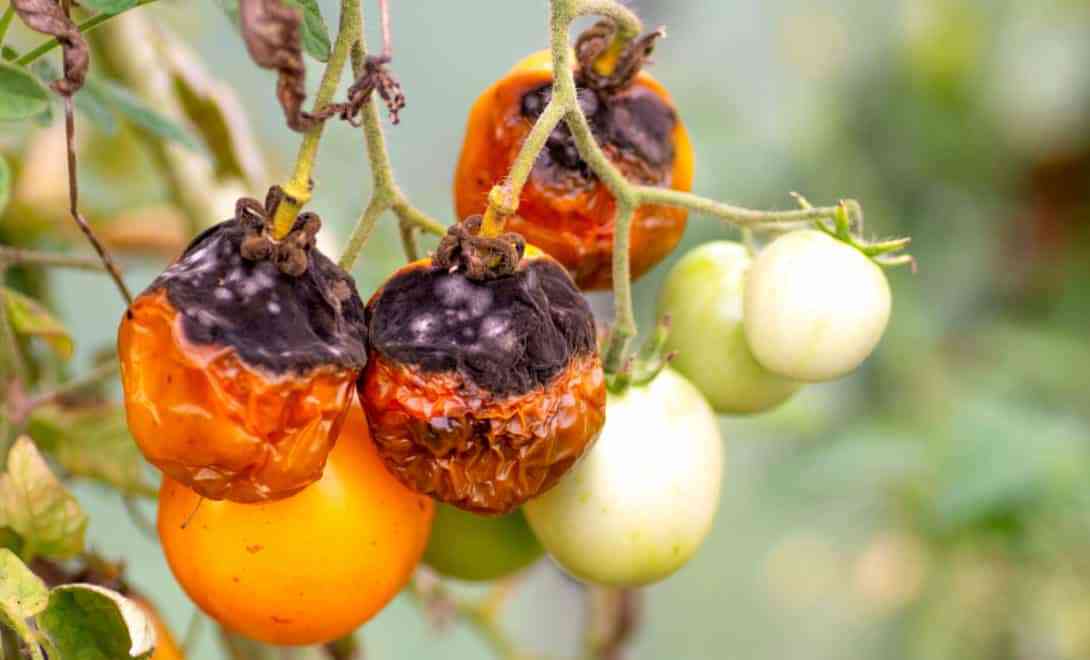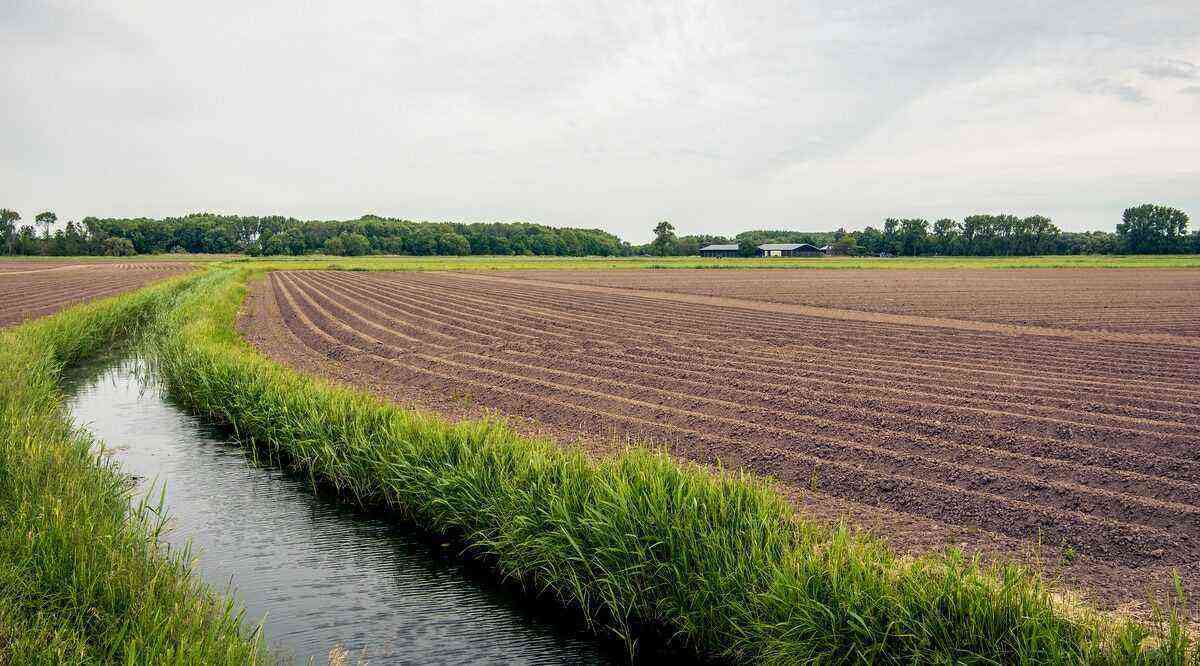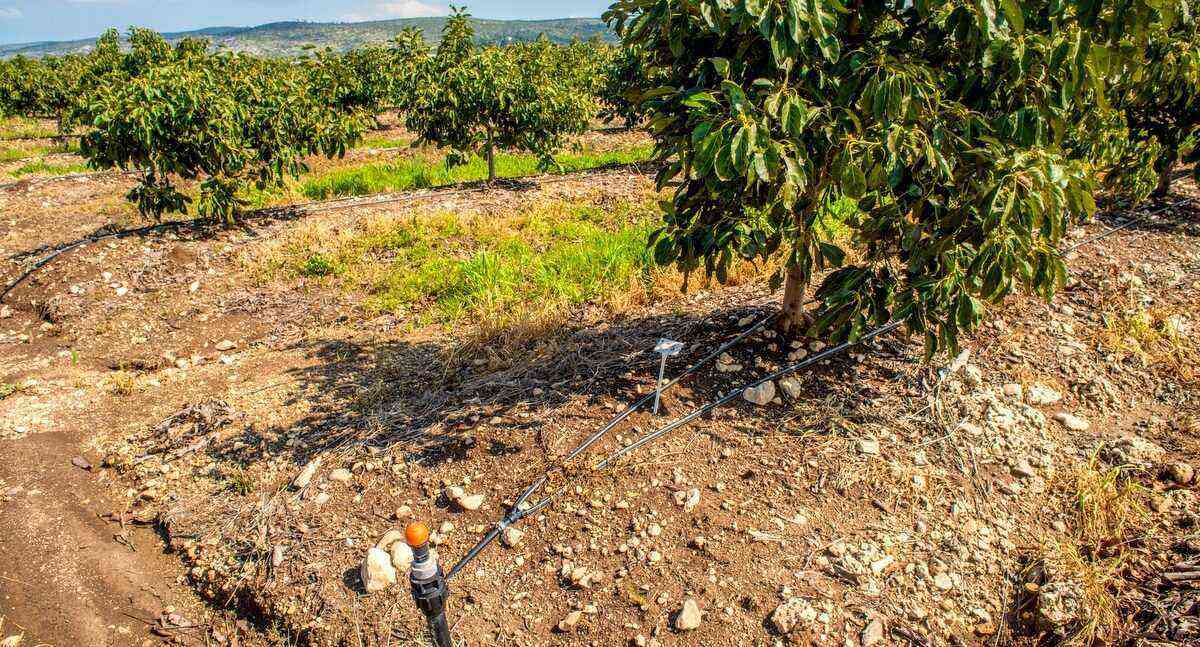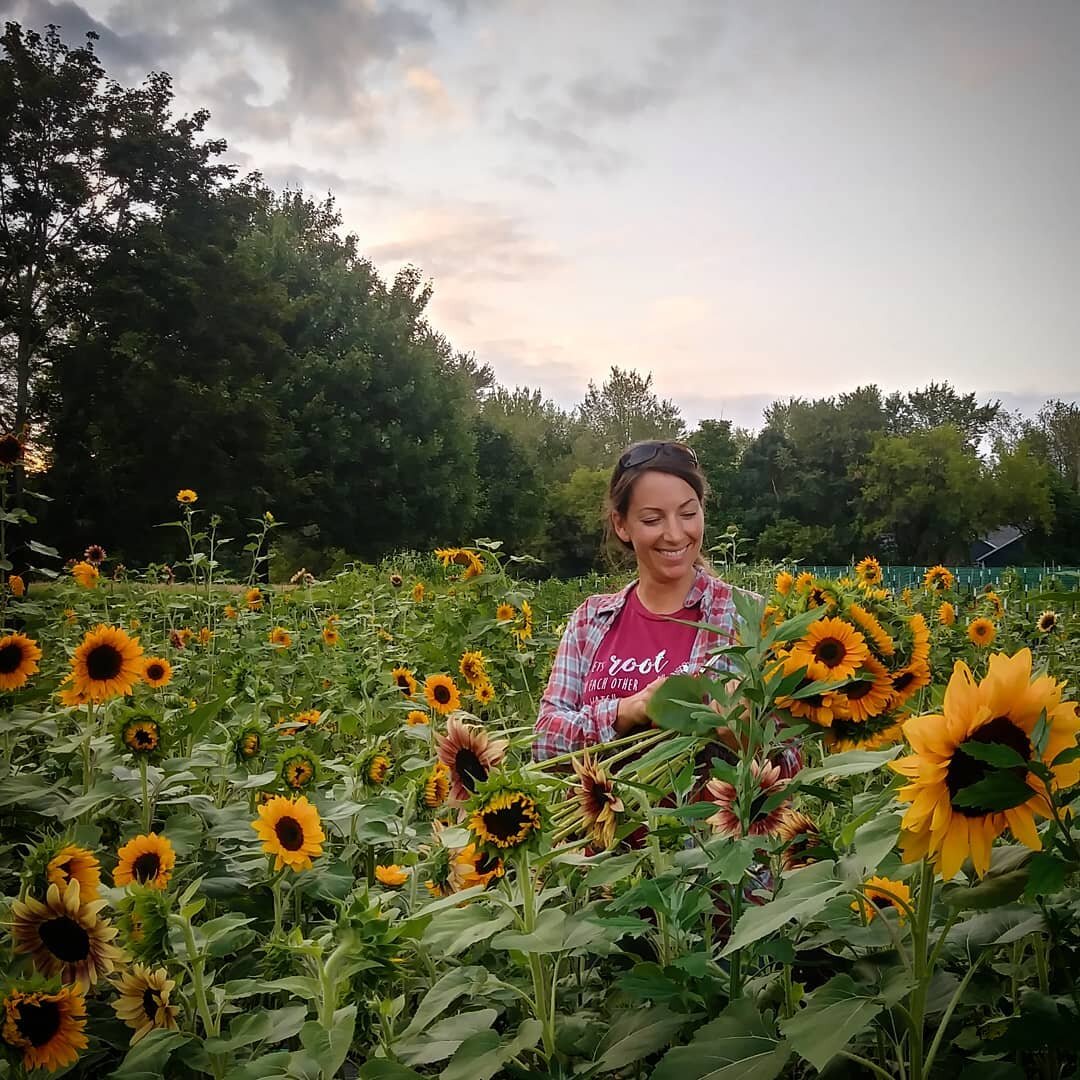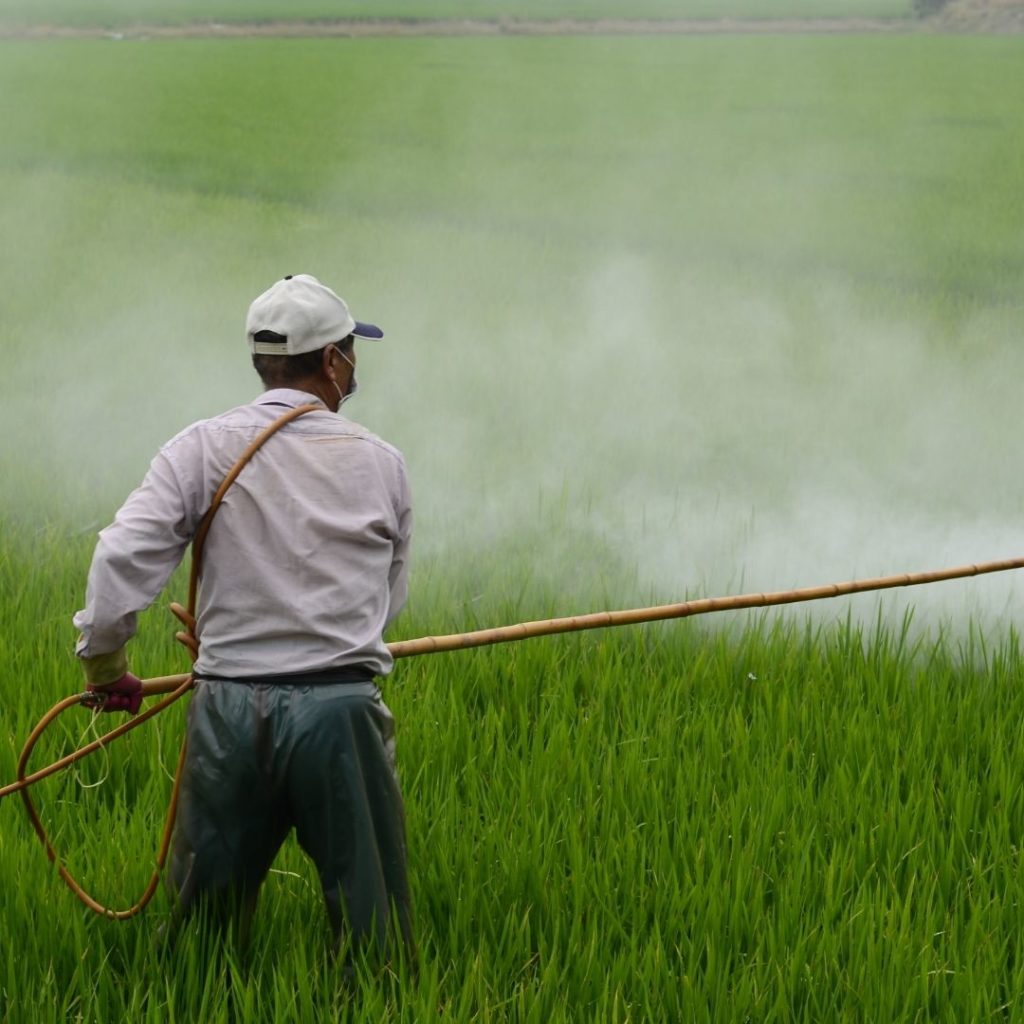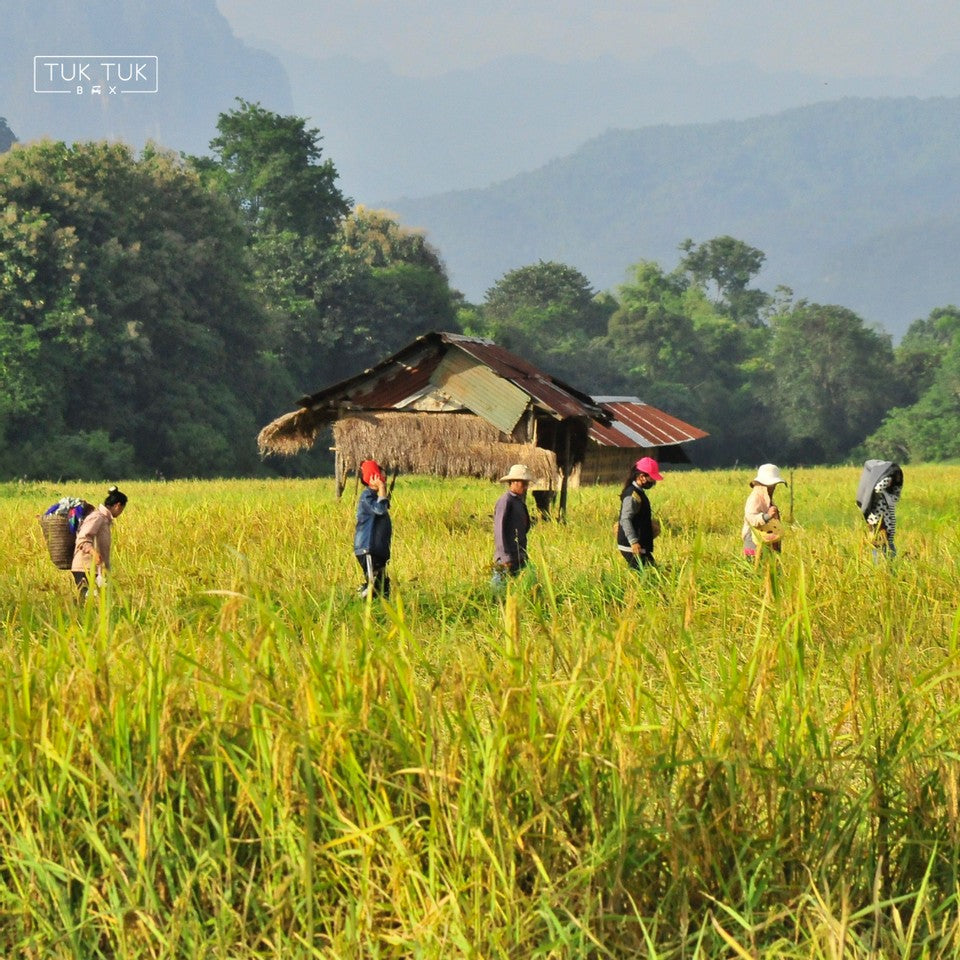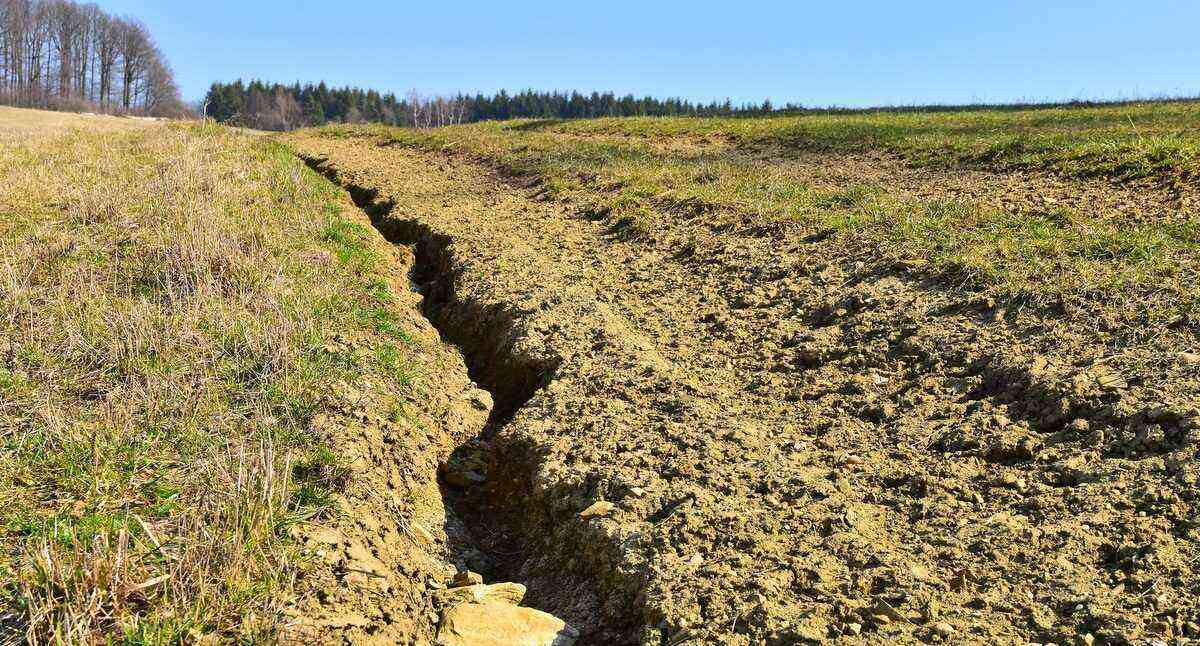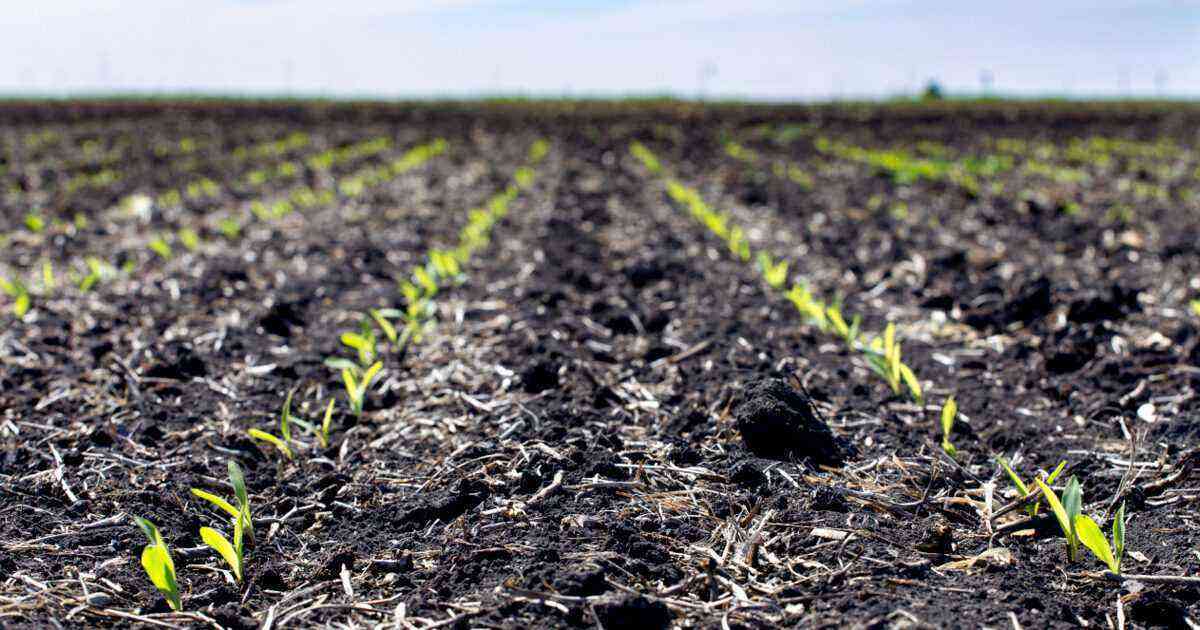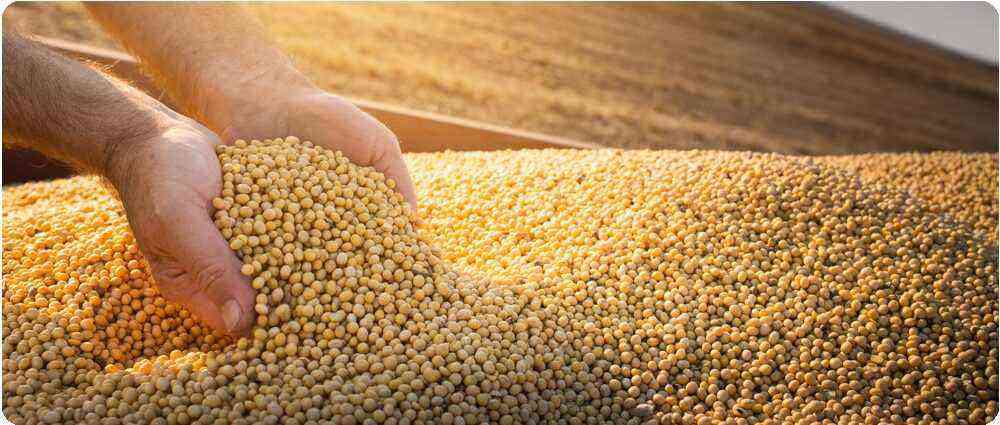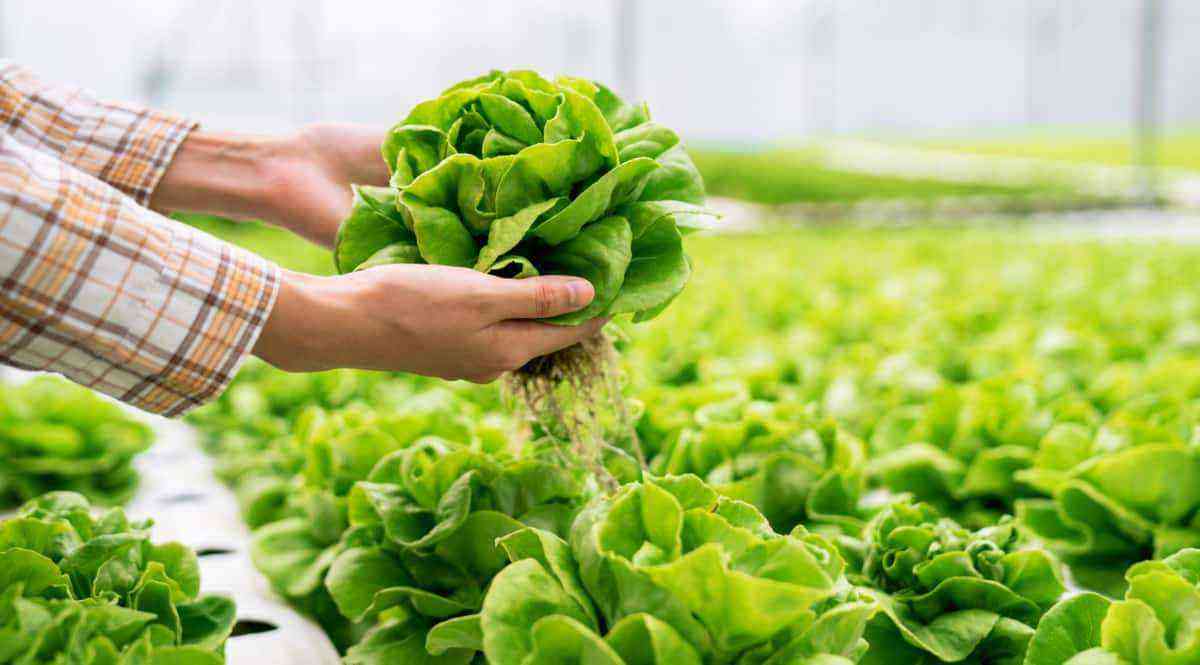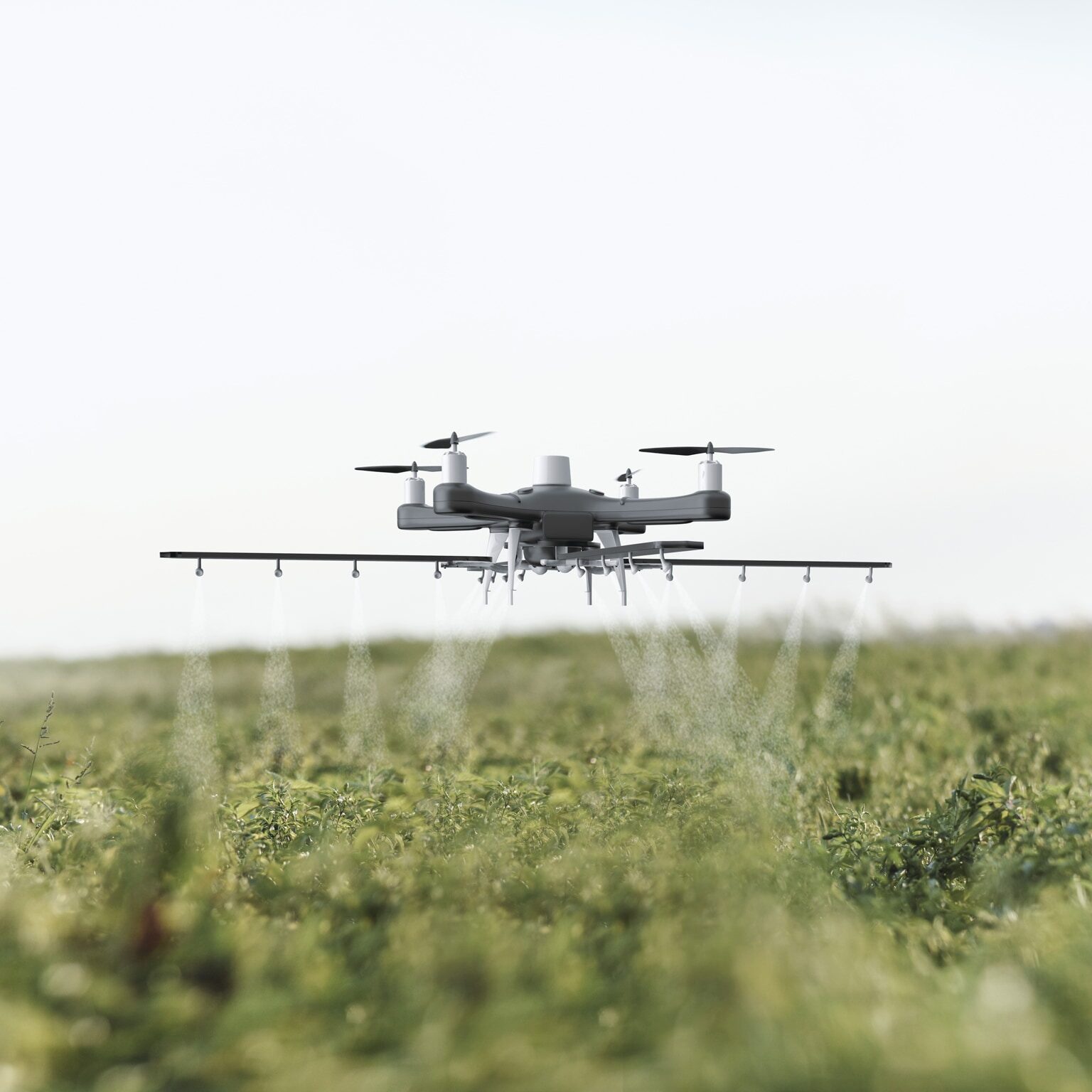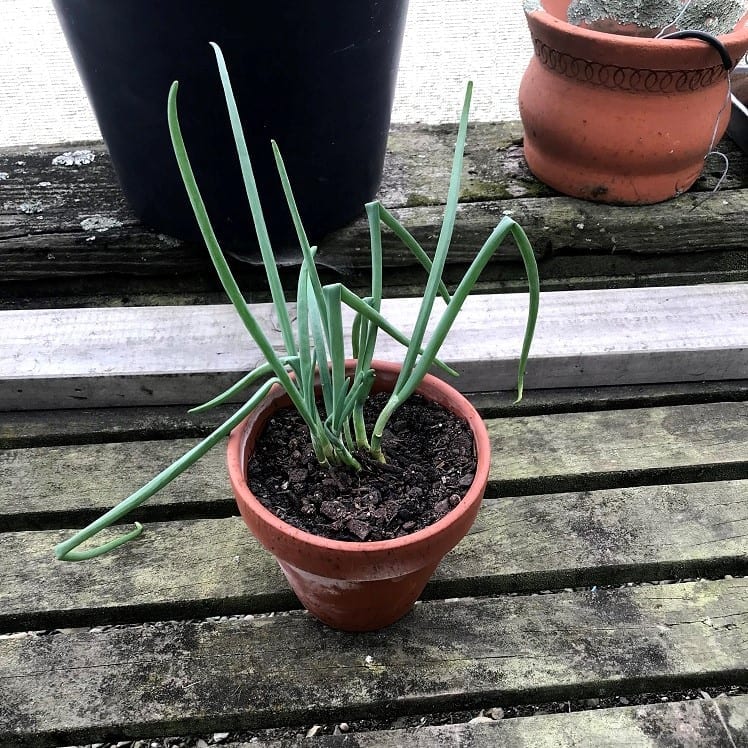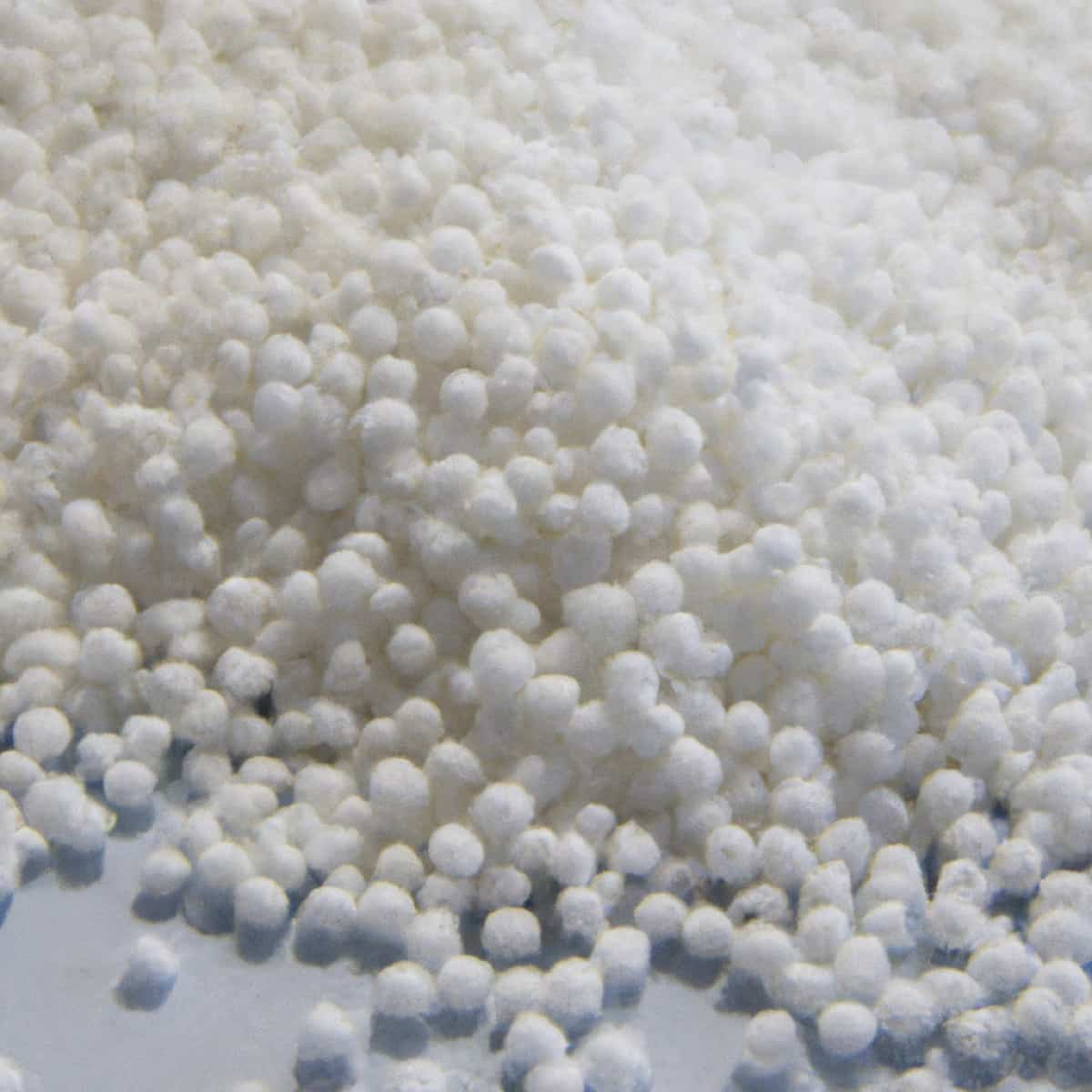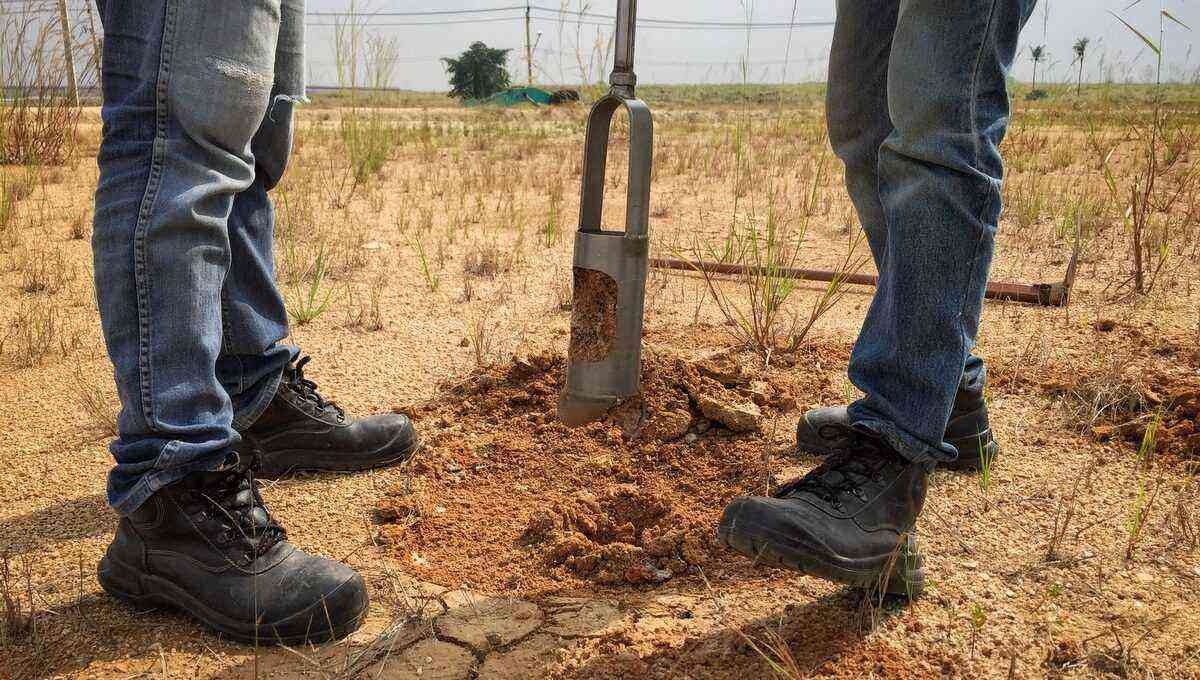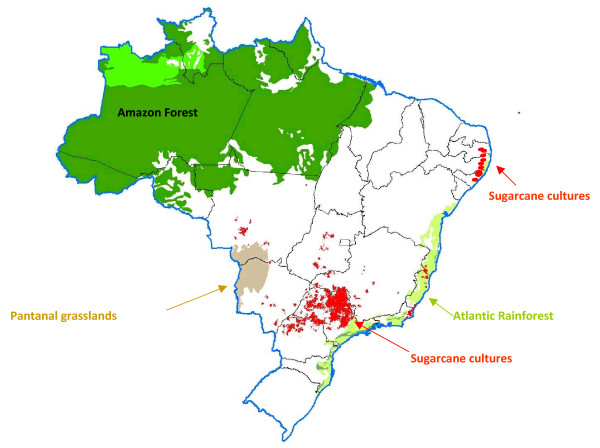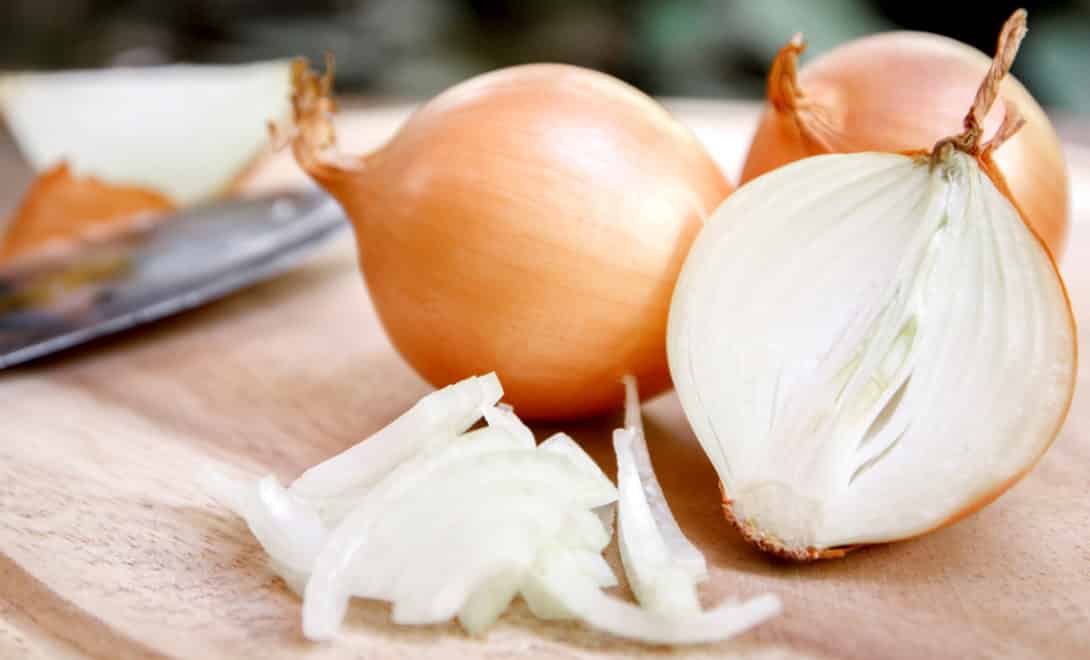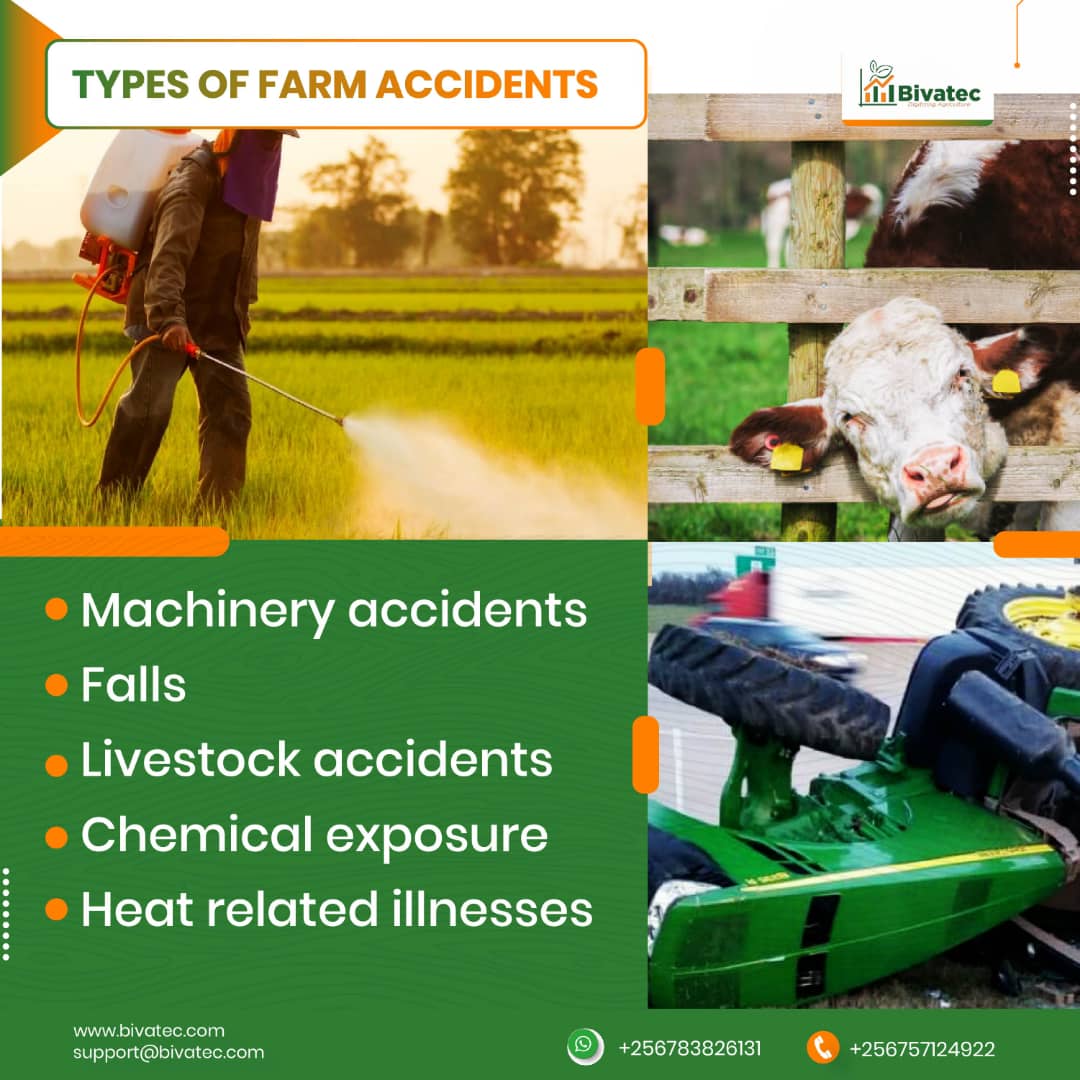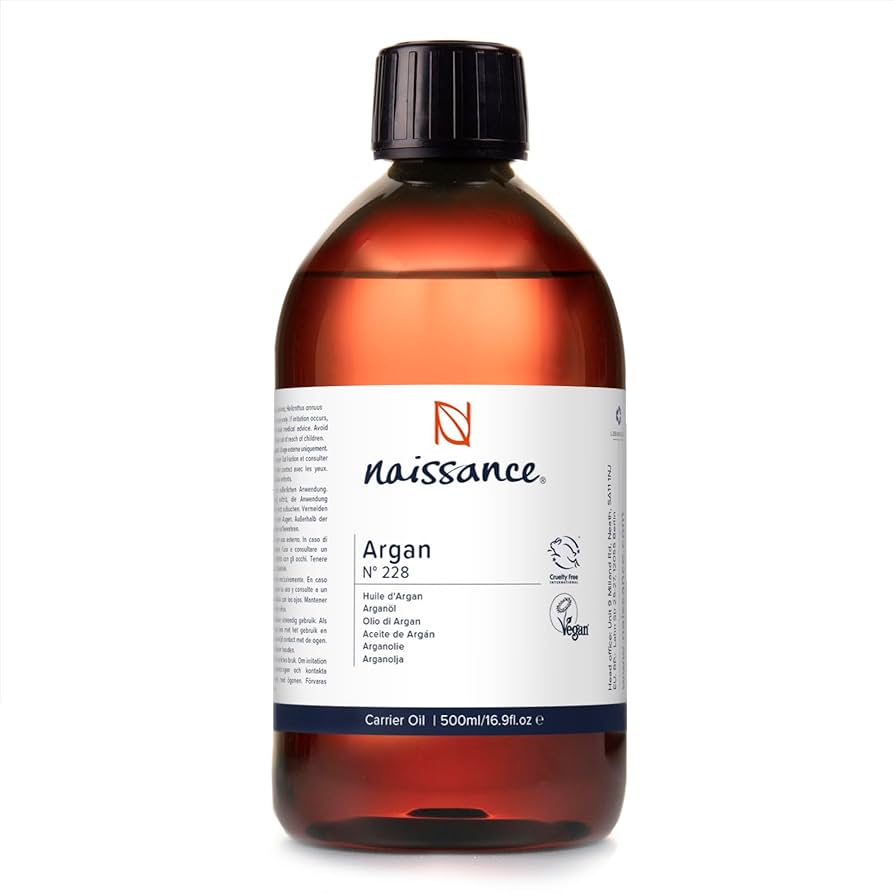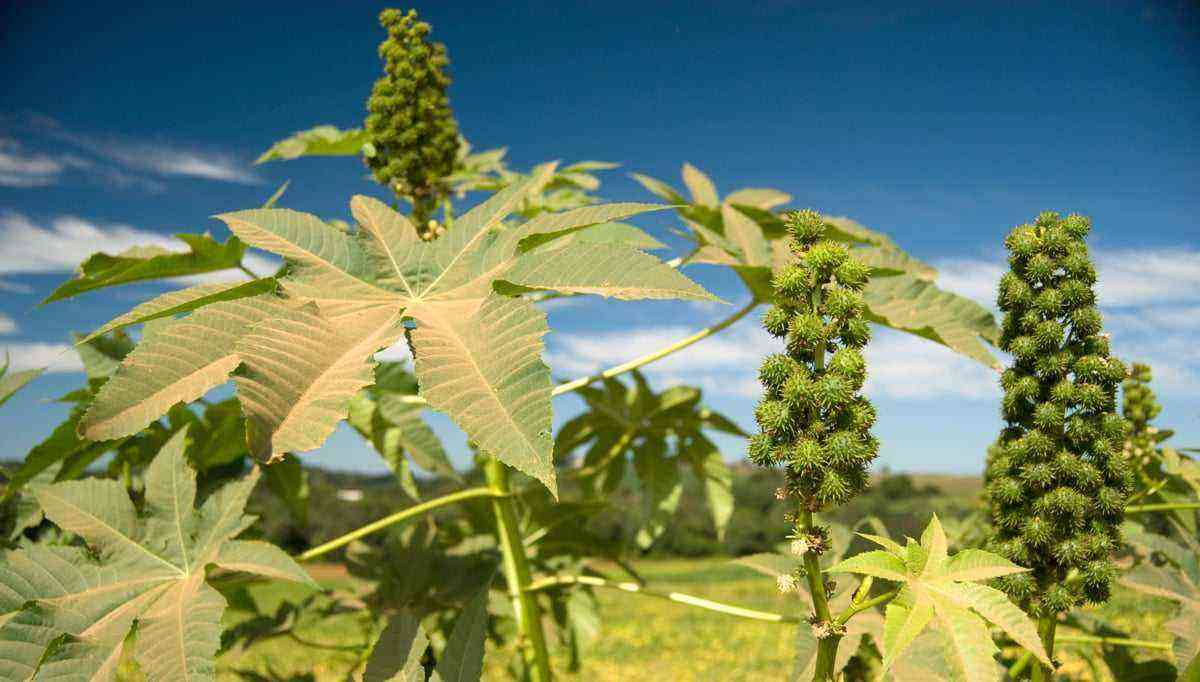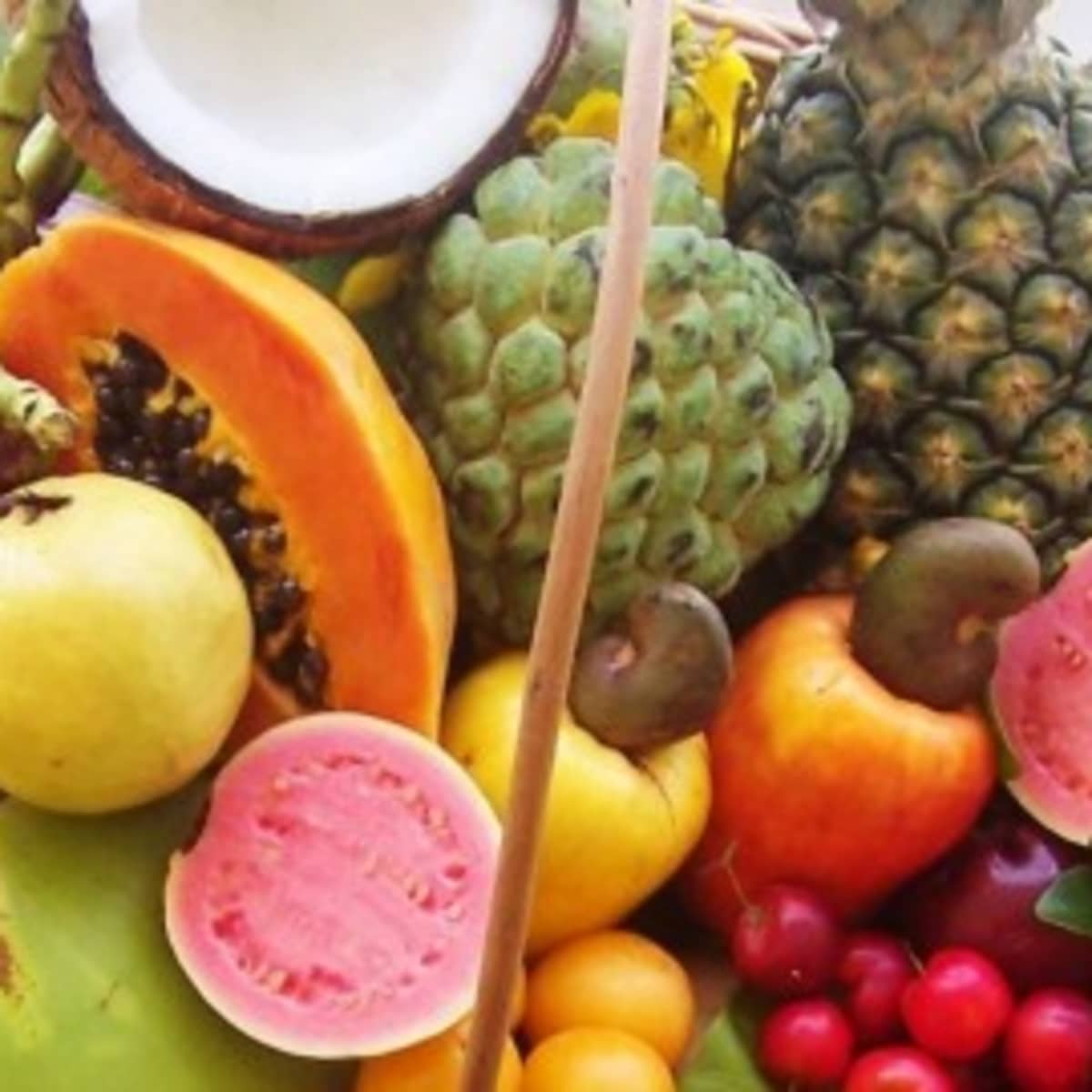You, a rural producer, have certainly come across the following situation: a cultivation area, close to the harvest period, devastated by weeds.
This is a serious problem, as there is a risk of compromising productivity and, ultimately, profit.
Therefore, in this article we will show you five tips to make the correct management to avoid or fight weeds. Follow!!
Current overview of weeds
Studies carried out by specialists show that plants or weeds are often responsible for major damage and loss of profitability in crops.
To complicate matters, this incidence has increased in recent years. Therefore, it is a cause for warning for farmers.
According to Sérgio Zambon, Senior Manager of Technical Development at BASF, this increase in weeds must be efficiently controlled through good agricultural practices.

Soybean crop infested by weeds. Losses can reach 80% in the initial stage of culture.
Bitter grass, for example, is one of the most widespread weeds throughout Brazil. It is a perennial, clumpy plant that blooms practically all year round.
In addition, it has a high productive potential of seeds that are easily dispersed by the wind. In this case, it is essential to understand the biology of this invasive plant.
Impact of weeds on agriculture
If farmers do not take action, lost productivity can exceed 80% in soybean plantations, early in the development of the culture.
Therefore, it is important to avoid the proliferation of these weeds and, consequently, not to compromise the productivity of your crop.
In the video below, check out a study carried out by Embrapa in the main producing regions of the country that evaluated that the production costs in soybean crops with weeds resistant :
Source: Soy Radar Technology.
1. Make a plan for weed management
Unsurprisingly, any successful business needs a well-structured plan to achieve its goals. And agribusiness is no different!
To do so requires attention, dedication and commitment, as well as excellent analytical skills.
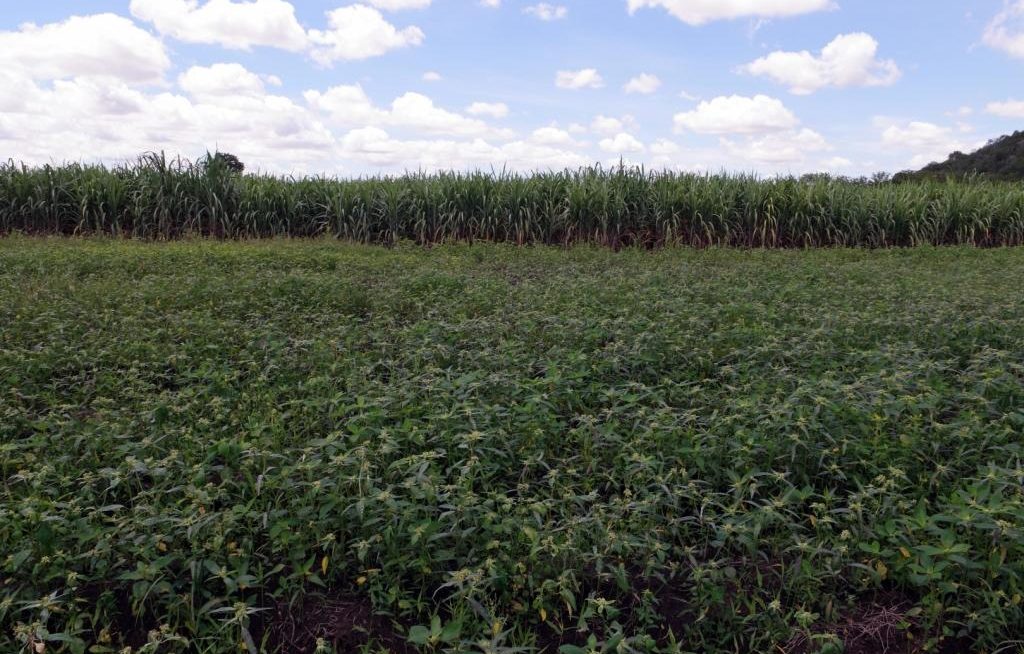
Weeds can take over your crop if not properly controlled.
However, it requires, at first, the mapping and recognition of existing weeds in the crop. Afterwards, you will be able to resort to the adoption of more effective action mechanisms for their management.
At this stage of the process, it is important that farmers consider, as a starting point for their activities in the off-season, especially the periods of desiccation in pre-sowing.
Desiccating the vegetation of the area to be cultivated, in advance of planting, is advantageous not only for the control of invasive plants, but also for the control of other pests.
In addition, it is essential that planning also include the analysis of climatic and soil conditions, as they directly influence the proliferation of weeds.
Wetter and less rigorous winters, for example, favor the increase in the population of some of these plants.
No video below, see how to manage weeds in integrated production systems:
Source: Embrapa.
2. Use herbicides and other cultural treatments
Weeds reproduce very easily, both through seeds and through specific structures, such as stolons, that is, when one plant gives rise to another, without the need for seed production.
Certain weed species have the capacity to produce approximately 300 seeds.
Hence the need to use herbicides, as well as to use cultural treatments, to control their production.
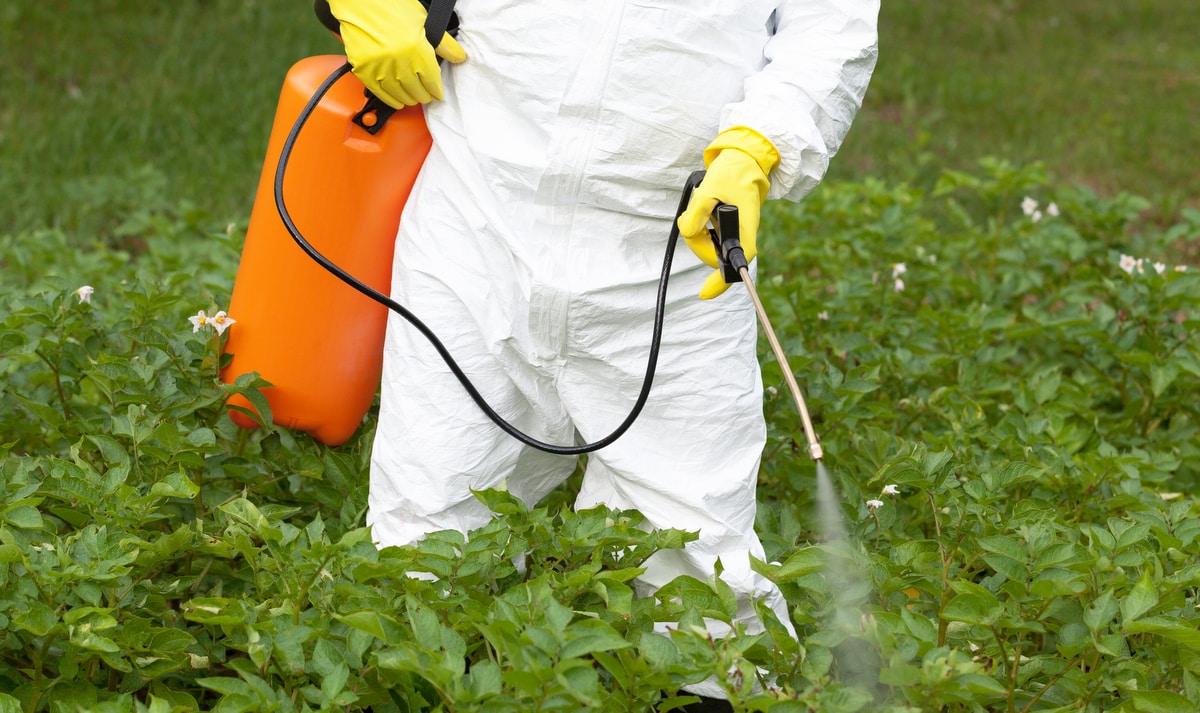
The application of herbicides helps to control weeds in crops.
Herbicides are, in fact, one of the alternatives most considered by farmers. This is because they are easy to handle and contribute well to reducing weed germination.
The selection of these products must be based on the plant species categorized in the planting area and on the physicochemical characteristics of the herbicides.
It is recommended that its application, as well as that of waste products, be carried out when the weeds are still young. Therefore, they have better absorption than those already formed.
Reminder: be aware of some weather factors. Low humidity, less than 60%, high temperature, that is, above 30°C, and wind can harm the performance of herbicides in weed control.
To do a good job, it is also necessary to use adequate equipment that allows the products to reach the target efficiently.
As mentioned above, it is useless to use the right herbicides without paying attention to the state of these instruments and the correct dosage of the products. They are essential to guarantee the quality of the application.
3. Rotation of pesticides in the crop cycle
Many do not know, however it is very important to employ more than one mechanism of action to contain weeds. So, why not use the rotation of agricultural products and crops for one or two harvests?
By doing so, you contribute to breaking the weed cycle. This is very positive for the development of the crop, as it prevents the increase in resistance of such pests to certain herbicides.
So, don’t leave this activity out of your planning. After all, herbicides are not that efficient when used alone.
crop rotation
An extra tip is crop rotation in weed management. This conservation agricultural technique reduces soil exhaustion.
This is done by changing crops with each new planting so that fertilizer needs are different each cycle.
With each variety grown, herbicides are also exchanged, which helps to combat such undesirable weeds.
4. Practice no-till
As with the application of herbicides, no-till is also a great option to reduce the effects of weeds on agricultural production.
No-tillage, which has crop rotation as one of its main pillars, is a sowing technique that uses straw and other crop residues.
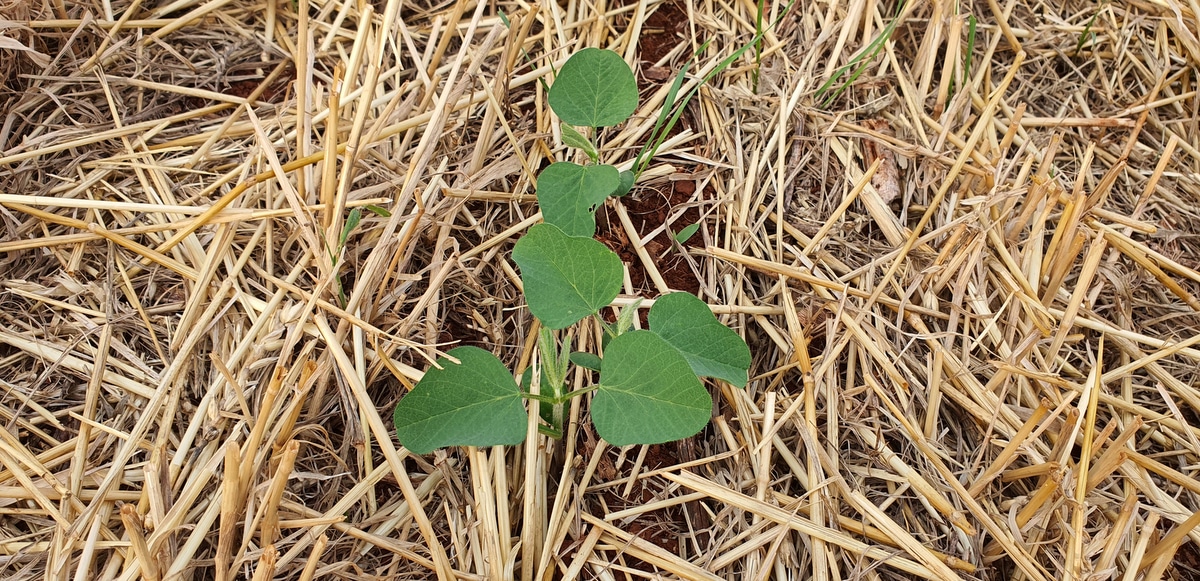
No-tillage also helps to control the advance of weeds.
In fact, in this system, the soil is only handled during planting, with the opening of a furrow and the deposit of fertilizer and seeds on the ground. After that, there is no more manipulation.
Plowing and soil harrowing are not applied in the production process, thus keeping the straw intact before and after planting.
Among the main advantages of this technique are:
- Erosion control;
- Increase of organic matter content in the soil;
- Reduction of water loss and temperature variation on the ground;
- Increased microbial activity;
- Protection of the ground against the sun’s rays;
- Decreased emission of greenhouse gases;
- Efficient weed management.
5. Monitor the outcome of your weed control work
After planning, using herbicides, crop rotation and no-tillage, all that remains is for the producer to monitor the results of all these efforts to combat weeds. So, this is an important step for the success of your business.
Although it is still a stage that has not been completed by a considerable number of producers, monitoring the planting areas is essential to know if the measures adopted are performing as planned.
If you don’t do this monitoring, you won’t have control over your operations and you won’t be able to identify which actions need adjustments or corrections or not.
See more weed control methods in the video below:
Source: Easy Agronomy
Now that you know how to properly manage weeds, it’s time to put these tips into practice to eliminate weeds.
So it’s easier than you think: just make a consistent plan, use integrated solutions (herbicides, direct seeding, etc.) and evaluate the results. Do everything carefully in the area and at the right time.
In addition to weed control, the farmer must be aware of another problem that can compromise his crop: agricultural pests. Good reading!
